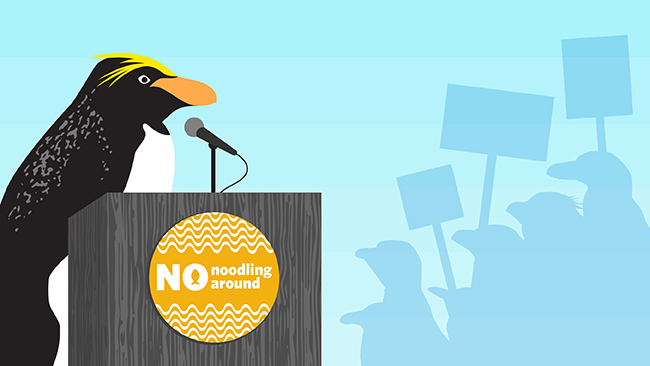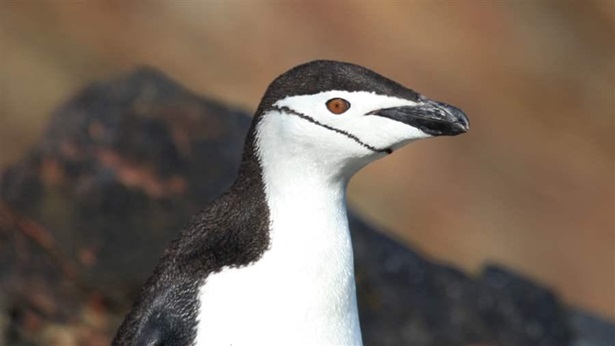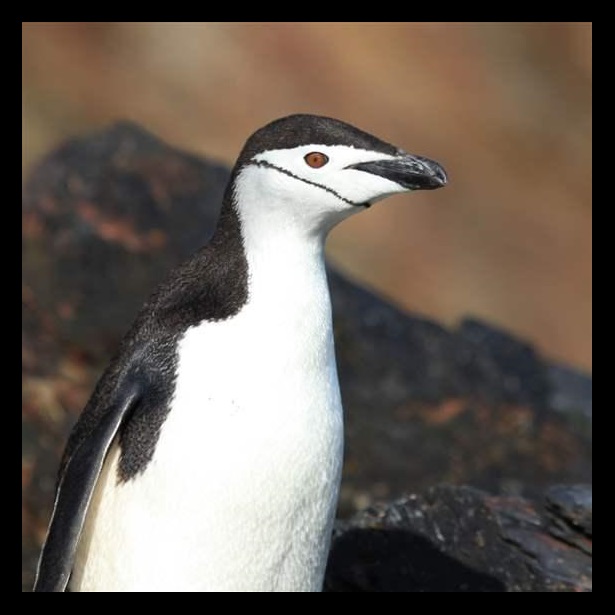Macaroni Penguin Population on the Decline
These unique animals and their Southern Ocean home need protection

Macaroni penguins are known for their distinct crest feathers, but they’re more than just looks. They’re fast and furious swimmers, excellent hunters, and usually successful at catching their prey—if it’s available.
© The Pew Charitable Trusts
September is a time for back to school, the start of fall weather—and international environmental conferences. Major world leaders gathered throughout the month to focus on protecting our lands and oceans.
One area that needs significant attention is the Southern Ocean around Antarctica.
To help draw attention to and generate support for conservation of this important area, six species of penguin, all of which live, feed, and breed in and around Antarctic and sub-Antarctic waters, have agreed to participate in a contest to determine the world’s favorite Southern Ocean penguin species—with you as the decider!
Through Sept. 30, you’ll have a chance to meet each candidate so you can make an informed choice. Each of these hopefuls is running on a powerful platform to earn your vote and to help these waters continue to support thriving ecosystems.
Who is running and what are their positions on the issues? We’ll be answering those questions and more as we profile each candidate. We’ll announce the winner Oct. 13.
The polls are now open, so cast your ballot before Sept. 30!
Candidate: the macaroni
Campaign slogan: No Noodling Around
Platform promise: “I will do my best to appropriately manage the impact of humans and invasive species in our foraging and nesting areas.”
Signature trait: bright yellow and orange crest feathers on top of the head
Penguin profile: Macaroni penguins acquired their name when 19th-century sailors thought their distinctive feathers resembled “macaronism,” a flamboyant 18th-century European style of dress. Although the macaroni is best-known for its distinctive yellow feathered crests, it’s not just about looks. They’re fast and furious swimmers, excellent hunters, and usually successful at catching their prey—if it’s available.
Some 6.3 million breeding pairs of macaroni penguins live in sub-Antarctic regions, in at least 258 colonies. That’s huge.
Although the number of macaroni penguins is large, the species is in decline globally. Access to its main food supply could be in jeopardy because of climate change and expanded industrial fishing for krill in penguin foraging habitat. Having plenty of krill is essential for these penguins because they eat a lot. According to some sources, macaroni penguins collectively consume 4 million tons of krill a year.
Additionally, introduced species such as cats, rabbits, and rats could substantially impede penguin breeding. These nonnative predators have caused problems for other types of nesting seabirds and could pose a significant threat to the success of macaroni breeding on some sub-Antarctic islands.
Increased tourism could put additional pressure on macaroni penguins through colony disturbance. This is important because these penguins don’t like their colonies bothered. They’re very protective of their mates and chicks—especially because only one of the two eggs the mother lays survives.
Why the macaroni deserves your vote: In the past 36 years, the global macaroni population has declined considerably, from 9 million to 6.3 million pairs. Macaroni penguins depend on ocean resources that are at risk because of ocean warming and fishing. In fact, this species is now listed by the International Union for Conservation of Nature as vulnerable to extinction. Establishing protections could make a big difference in their long-term survival.
By winning the vote as humankind’s favorite penguin, the macaroni would continue to remind the world of what is at stake in Antarctica, how human activity is harming this special environment, and why the Commission for Conservation of Antarctic Marine Living Resources and the world must act now to protect the Southern Ocean.


America’s Overdose Crisis
Sign up for our five-email course explaining the overdose crisis in America, the state of treatment access, and ways to improve care
Sign up

The Race to Win Antarctica
Polls are open to vote for the world’s favorite Southern Ocean penguin species


4 Most Dangerous Threats to Penguins
On World Penguin Day, a look at why millions of these iconic birds are at risk and how we can save them










